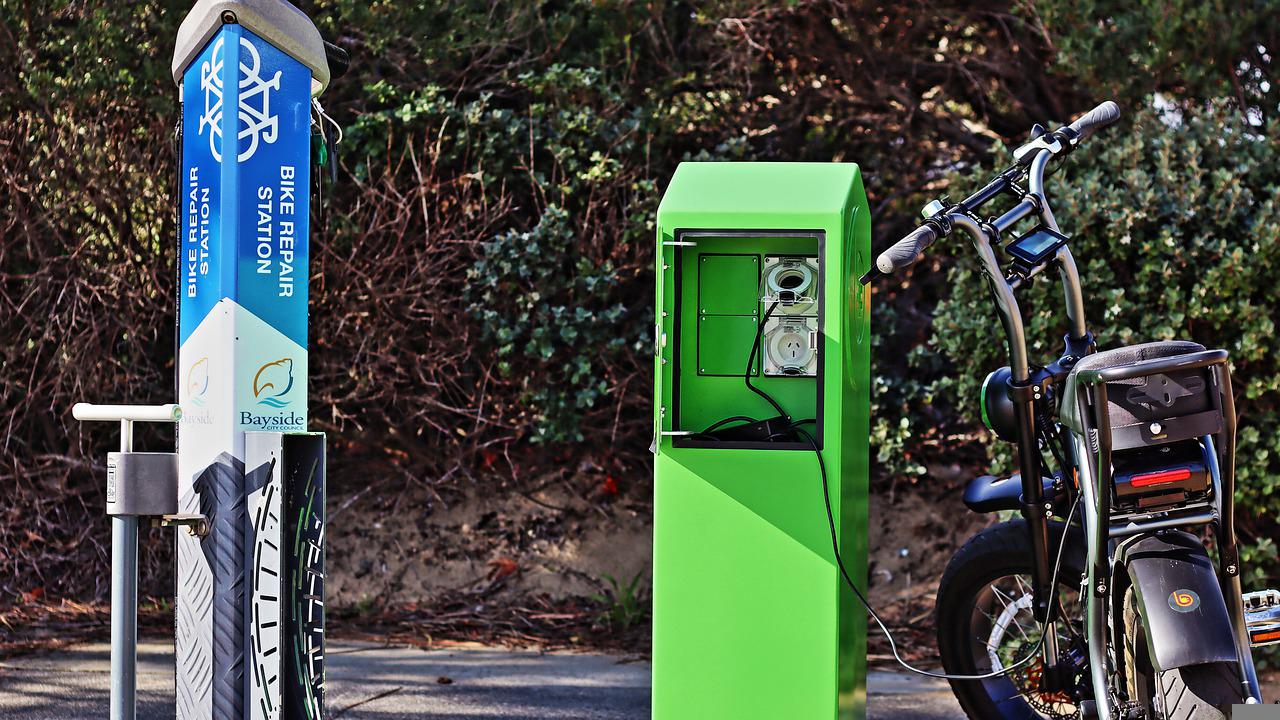Cincinnati/Northern Kentucky International Airport (CVG), with local Transportation Security Administration (TSA) collaboration, is using live and empiric data to identify irregularities at the security checkpoint. Thanks to BlipTrack technology, this airport, which was recently rated one of the world’s best 100 airports by Skytrax and serves 5 million to 10 million passengers per year, is experiencing better resource utilization and smoother passenger processing.
In 2016, CVG achieved its best ranking in the 21-year history of the U.S. Department of Transportation airfare report. It also experienced its highest passenger traffic volume since 2005, with almost 7 million passengers passing through this international transport hub.
To keep the passenger experience positive, even as carrier and traveler numbers continue to rise, the airport implemented BlipTrack queue and flow technology at TSA checkpoints during 2014. The airport was the first in the United States to utilize this solution, which allows the staff to measure, understand and improve the traveler experience, and to better plan and allocate resources in cooperation with TSA.
After one year of use, the airport was in a position to announce that, due to the data they had gathered using BlipTrack, they had successfully reduced TSA security line wait times by one-third. In a 2015 report produced by Purdue University, standard wait times had dropped by nearly four minutes, from 13.2 minutes to 8.9 minutes, compared to 2011.
Since then, the airport has gradually expanded the solution and added new features to help streamline operations further and continue improving the passenger experience. Passenger-facing wait-time monitors and CVGairport.com interfaces provide immediate wait-time status, easing natural travel anxieties associated with queue lines and setting realistic expectations. Additionally, CVG has gone so far as to establish service level agreement (SLA)-like standards for self-accountability, ensuring that average wait times below 15 minutes are consistently delivered. For the second quarter ending June 2017, the average wait time for expedited screening registered at 11 minutes and 28 seconds. This is rather significant given CVG’s surge in peak-day checkpoint throughput from 10,000 to over 15,000 during the same period.
Stephen Saunders, Senior Manager of Terminal Operations at CVG explains: “We have added a new feature that allows us to understand the pattern of how lanes are being utilized throughout the day. This helps us better understand TSA’s lane utilization on any given day. Our future goal is to pair this information with passenger show-up profiles and wait-time inputs to complete a story of how the checkpoint is operating as a whole, and help the TSA develop lane open/close plans based on predicted throughputs.”
“We have used tangible data to work with our partners at TSA to adjust officer start time. We previously noticed a high spike in queue waits during our heaviest early bank of morning flights, leveling off after about 7:30. We collectively identified TSA schedules were misaligned with the flight schedules. Later security lane openings by as little as 15 minutes were incapable of catching up to and meeting the passenger demand surge. Because of this data, we recommended staffing adjustments to the local TSA leaders, which ultimately benefited passengers and airlines as evidenced by a near-immediate reduction in wait times below target, and by customer compliments via the airport’s social media platforms. We remain engaged with TSA HQ in an attempt to collaborate to make real changes using this technology,” says Saunders.
CVG and BLIP Systems are working together to expand the solution to the outside of the terminal and throughout the airport grounds in order to amplify the passenger experience. CVG hopes to gain a better understanding with improved parking data analysis to discover whether more passengers are using off-site competitor parking lots, and show where passengers dwell once inside their facilities. Brian Cobb, Vice President of Customer Experience at CVG, elaborates that it helps them both target their marketing and better compete in an area where the race for passengers is fierce.
“Our hope would be to expand the BlipTrack technology throughout the airport, to better understand the passenger journey from start to finish, well beyond the security checkpoint. Once we better understand the passenger journey, we can make strategic decisions, to better utilize our facilities. This allows us to demonstrate to our passengers the ease of use of our facilities and can help in calming their travel anxieties. Our goal is to use the data to create an unforgettably positive passenger experience,” ends Stephen Saunders.
“Our use of the technology has proven quite successful. It has enabled CVG to continue our close collaboration with TSA to ensure that the passenger experience is one that enhances the journey experience not detracts from it. Our significant investments in our facilities and the solution ensure we use them as effectively and efficiently as possible,” said Candace McGraw, CEO at CVG.
Today, more than 25 international airports, including JFK, San Diego, Copenhagen, Dublin, Oslo, Manchester, and Brussels are reaping the benefits of BlipTrack technology. In addition, the solution is employed in optimization efforts in road traffic applications in Switzerland, Thailand, New Zealand, the UK, Denmark, and Sweden. In recent years, it has been rolled out in ports, train stations, ski resorts, amusement parks, and at events around the world.







